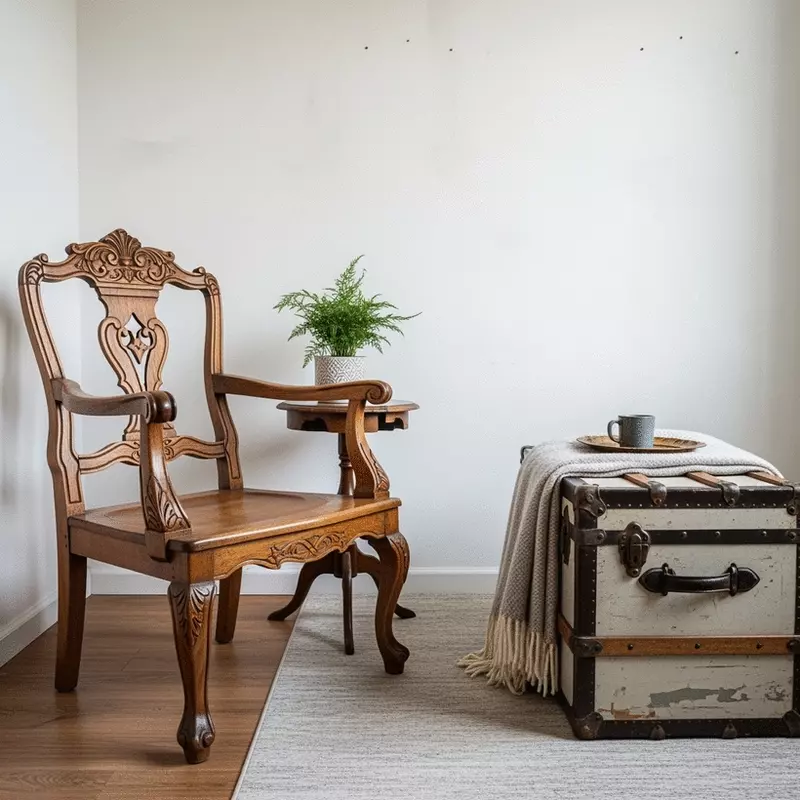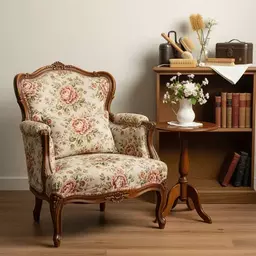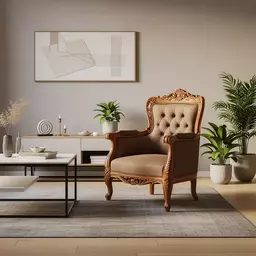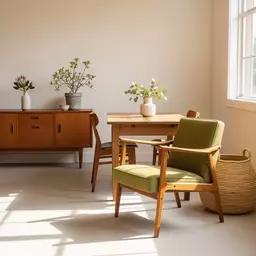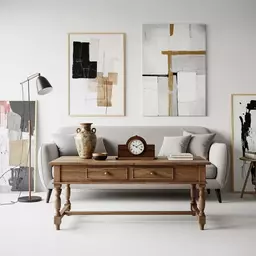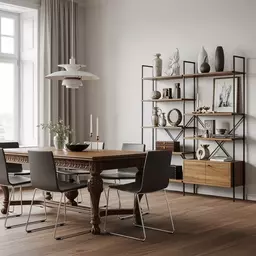Guide to Authentic Antiques in Australia
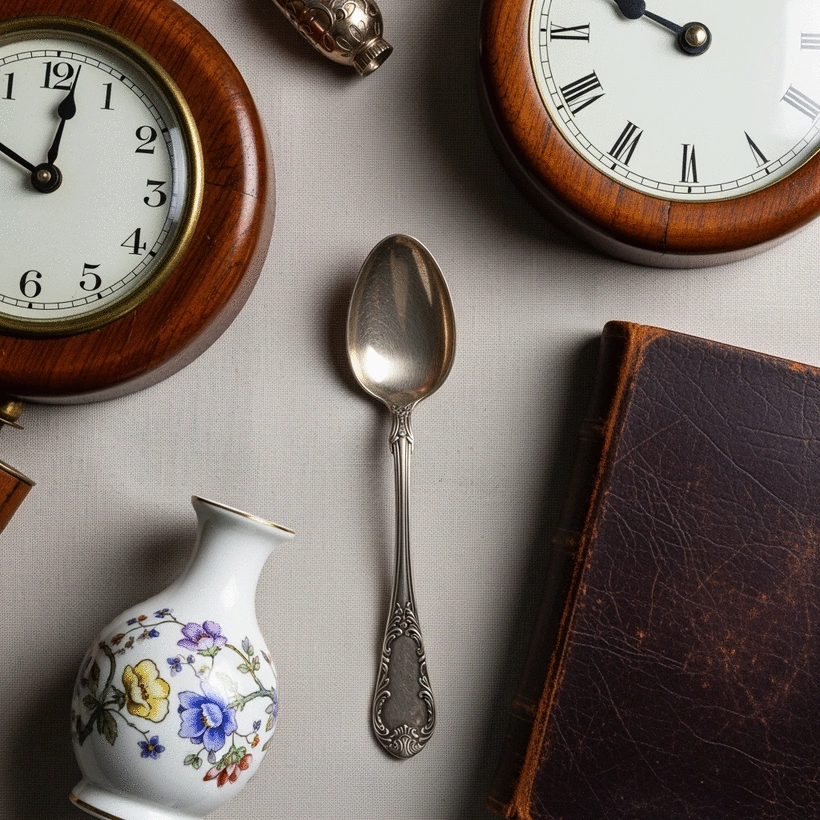
In the world of antiques, understanding the nuances of authenticity can dramatically enhance your collecting experience. By diving into the rich history and craftsmanship of each piece, you not only preserve the past but also create a unique narrative in your home. Are you ready to embark on a journey that marries beauty with history?
What You Will Learn
- Authentic antiques in Australia are typically defined as items at least 100 years old, characterized by unique craftsmanship, patina, and provenance.
- Thorough research is essential before purchasing; visit antique fairs, explore reputable online resources, and consult experts to gain insights into the market.
- Key factors for assessing authenticity include examining craftsmanship, materials, design elements, and checking for provenance documentation.
- Support ethical and sustainable collecting practices by purchasing from local artisans, restoring old pieces, and educating others about the importance of preserving antiques.
Essential Aspects of Authentic Antiques
Understanding the key features that define authentic antiques is crucial for collectors. The following visual highlights the primary characteristics to look for when assessing authenticity.
Craftsmanship
Look for intricate details and quality materials that showcase the artistry involved in creating the piece.
Patina
A natural aging of the surface that adds character and tells the story of the antique's journey through time.
Provenance
Documentation or history tracing the item's origin can greatly enhance its value and authenticity.
Quality Materials
Authentic antiques are often made from high-quality materials that were available during their time of creation.
Understanding the Landscape of Authentic Antiques in Australia
As an antique furniture enthusiast, I find that understanding the landscape of authentic antiques in Australia is essential for both collectors and decorators alike. The charm and history behind each piece tell a unique story, and embracing this journey starts with knowing what to look for. But what exactly defines an *authentic antique* in our vibrant market? Let’s dive in! You might also find valuable insights on buying vintage furniture in Australia to further broaden your understanding.
Defining Authentic Antique Pieces in the Australian Market
In Australia, an item is typically considered an *antique* if it is at least 100 years old. However, authenticity goes beyond just age. Genuine antiques often possess distinctive craftsmanship, original hardware, and signs of wear that tell their stories. Here are some key features to help you identify authentic pieces:
- Craftsmanship: Look for intricate details and quality materials.
- Patina: A natural aging of the surface that adds character.
- Provenance: Documentation or history tracing the item's origin.
When exploring the world of antiques, think about how these elements resonate with your personal style and the story you want to tell in your home. Have you ever found yourself captivated by the rich history behind a beautifully crafted piece? The journey to find such treasures can be thrilling.
The Importance of Researching the Market Before Buying
Before making any purchases, conducting thorough research is crucial. Understanding current market trends and values helps you make informed decisions. Here are steps to guide your research:
- Visit Antique Fairs: These events are perfect for gaining insights and networking.
- Online Research: Explore reputable websites and forums dedicated to antiques.
- Consult Experts: Engage with antique dealers or appraisers for their insights.
By equipping yourself with knowledge, you not only protect your investment but also deepen your appreciation for the artistry involved in creating these beautiful pieces. Don’t forget, the more you learn, the more you can enjoy the journey of antique collecting!
Key Factors in Assessing Authenticity of Antique Pieces
Assessing the authenticity of antique pieces is crucial in ensuring you make wise purchases. It can be an exciting yet overwhelming process, but with the right knowledge, it becomes a rewarding adventure. Let's explore some expert tips that can help you distinguish genuine antiques from reproductions! For those interested in combining eras, exploring mixing vintage and modern styles can offer fresh perspectives on integrating authentic pieces into contemporary decor.
Pro Tip
Did you know? The *condition* of an antique can greatly affect its value. When assessing a piece, always consider its structural integrity and any repairs or restorations made. A well-restored piece can often be more valuable than one in poor condition, provided the restoration was done correctly and maintains the original character.
Frequently Asked Questions About Authentic Antiques
What defines an authentic antique in Australia?
In Australia, an item is typically considered an authentic antique if it is at least 100 years old. Beyond age, authenticity is also determined by distinctive craftsmanship, original hardware, and signs of wear (patina), along with supporting documentation (provenance).
Why is research important before buying antiques?
Thorough research is crucial to understand current market trends, values, and to make informed purchasing decisions. It helps protect your investment and deepens your appreciation for the artistry and history of the pieces.
What key features should I look for to assess an antique's authenticity?
Look for quality craftsmanship, natural patina (signs of aging), and provenance (documentation or history of ownership). Also, examine the materials and design elements to ensure they are consistent with the piece's purported era.
How can I ensure ethical and sustainable antique collecting?
Ethical and sustainable practices include supporting local artisans and antique shops, opting for restoration of old pieces instead of discarding them, and educating others about the importance of preserving antiques and their history.
Where can I find reliable information and expert advice on antiques?
You can visit antique fairs, explore reputable online resources and forums, and consult with experienced antique dealers or appraisers. Engaging with collector groups and the broader antique community is also highly beneficial.
Summarizing the Essentials of Buying Authentic Antiques
When it comes to purchasing authentic antiques, understanding the market and assessing a piece's authenticity are vital. From my experience with the Antique Furniture Guide, I've seen how crucial it is to grasp the nuances that define valuable antiques in Australia. Here’s a quick recap of the essential points you'll want to remember:
- Research thoroughly: Familiarize yourself with the market and the specific traits of authentic pieces.
- Inspect for quality: Look for craftsmanship, materials, and specific design elements that are indicative of genuine antiques.
- Check provenance: Provenance marks and historical documentation can greatly enhance a piece's value.
- Choose reputable dealers: Work with trusted antique dealers who provide transparency and documentation.
Remember, each antique tells a story! Whether it's a Victorian armchair or a rustic farmhouse table, knowing how to identify the genuine articles can make all the difference in your collection.
Final Thoughts on Ethical and Sustainable Collecting Practices
As we wrap up, I want to emphasize the importance of ethical and sustainable practices in antique collecting. When you choose to buy antiques, you're not just acquiring furniture; you're preserving history and craftsmanship. It's a delicate balance of enjoying beautiful pieces while respecting their past.
Engaging in sustainable practices can include:
- Supporting local artisans: Buy from local antique shops and fairs to help sustain community economies.
- Opting for restoration: Rather than discarding old pieces, consider restoring them to their former glory.
- Educating others: Share knowledge about the importance of preserving antiques with friends and family.
As someone immersed in this world, I’ve seen first-hand how these practices contribute to a more thoughtful and enriching collecting experience!
Encouraging Informed Purchasing Decisions
Call to Action: Engage with Expert Dealers and Resources
Now that you're equipped with the essentials, I encourage you to reach out to expert dealers and utilize resources like the Antique Furniture Guide to deepen your understanding. Engaging with knowledgeable individuals can provide you with insights that may not be easily found online. You might also find our guide on quality antique furniture sources particularly helpful.
Consider visiting local antique fairs, joining collector groups, or even participating in online forums where enthusiasts share their experiences. Getting involved in the community can be incredibly rewarding!
Invitation to Share Experiences and Insights on Antique Collecting
Lastly, I invite you to share your experiences and insights on antique collecting. Whether you’ve stumbled upon a hidden gem or faced challenges with fakes, your stories contribute to a broader conversation about the beauty of antique furniture. Let's connect and inspire one another! If you're interested in keeping your cherished pieces in top condition, exploring tips on maintaining antique wood finishes can be invaluable.
What pieces have you collected? What challenges have you faced in your journey? I would love to hear from you! Together, we can continue to celebrate the craftsmanship and history that antiques embody.
Recap of Key Points
Here is a quick recap of the important points discussed in the article:
- Defining Authentic Antiques: In Australia, authentic antiques are typically over 100 years old and feature distinctive craftsmanship, patina, and provenance.
- Research Before Buying: Conduct thorough research through antique fairs, online resources, and expert consultations to understand market trends and values.
- Assessing Authenticity: Inspect pieces for quality craftsmanship, historical documentation, and provenance to ensure authenticity.
- Ethical Practices: Support local artisans, consider restoration over discarding, and educate others to promote sustainable antique collecting.
- Engagement with Community: Connect with expert dealers and participate in collector groups to deepen your knowledge and share experiences.



